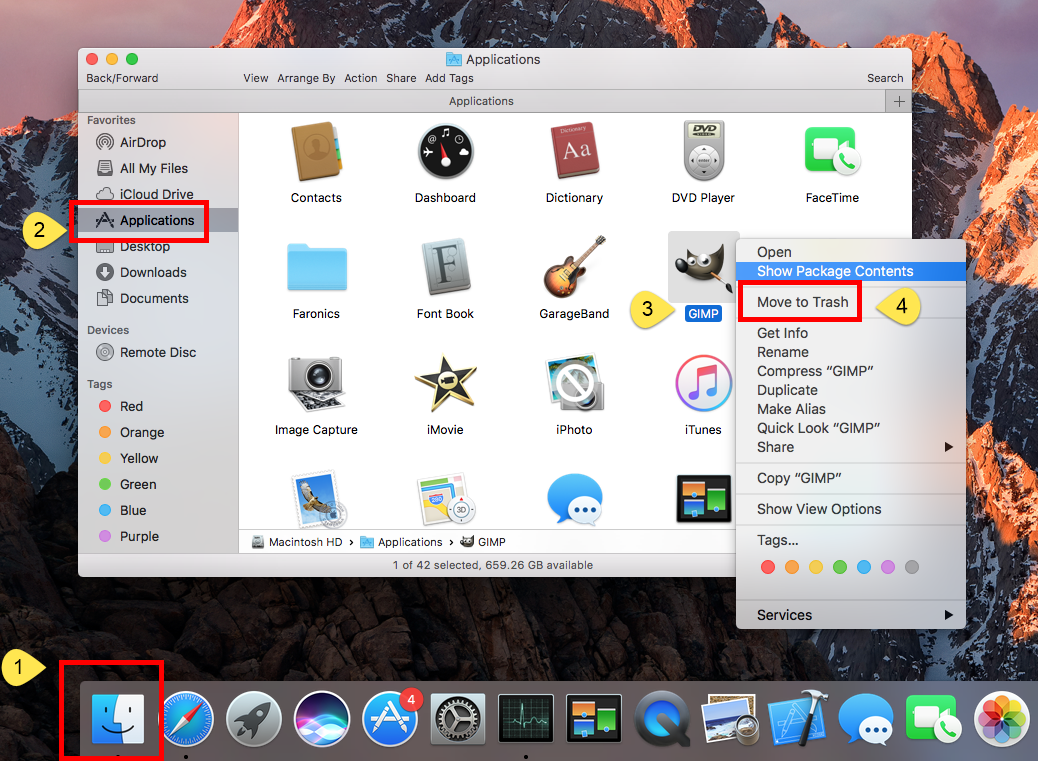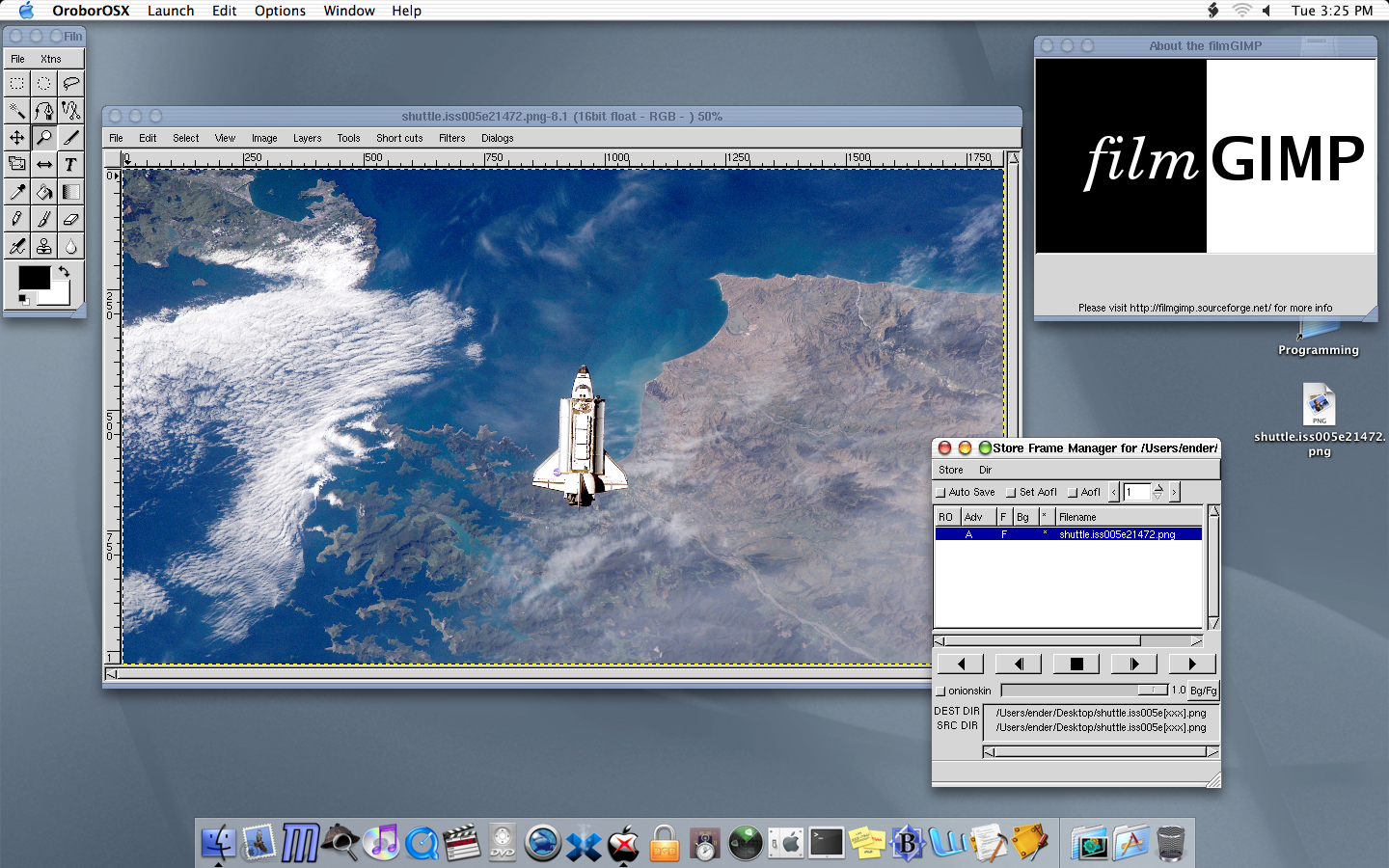
- #Gimp like program for mac install#
- #Gimp like program for mac manual#
- #Gimp like program for mac software#
#Gimp like program for mac install#
Paint.NET doesn’t install local help files either, but you probably won’t need them to figure out the basics. I’m SO glad I saved that extra five megabytes of disk space by not installing the help files on my computer… wait, what? Even after briefly hiring a user experience consultant, the GIMP developers never really seemed to prioritize user experience.
#Gimp like program for mac software#
I almost feel bad that GIMP never wins this category, but it is definitely not the most user-friendly piece of software ever created – quite the opposite, in fact.

Paint.NET can use a lot of the same plugins as GIMP, but they’re not always as well supported since Paint.NET has a smaller userbase. I find the plugin installation process is generally much simpler with GIMP, and the plugins tend to be (slightly) more polished and reliable because most of them were originally developed for GIMP rather than adapted for another program. GIMP has a huge array of plugins thanks to its open-source nature, and the Paint.NET community has been adapting the more popular ones, although it does have its own community of native plugin developers too. These can range from RAW photo editing plugins to silly image filters (like you see above) to fancy new automatic adjustments like content-aware fills, although they’re not always as well supported as the main program itself, so you may run into some unexpected issues. The GMIC Qt plugin pack with 568 additional filters (some functional, some just for fun) is available for both GIMP and Paint.NET If you’re not familiar with the idea, plugins are additional pieces of software written by other developers that ‘plug in’ to GIMP and Paint.NET, modifying each program with additional features and functionality. Plugins are where these programs can really shine. Even if you count all the Filters/Effects as automatic adjustments, GIMP still wins by a significant margin. GIMP has a number of automatic adjustments available, while Paint.NET only has a few. Of course, neither of these programs can compete with the automatic adjustments available in paid programs like Photoshop’s new Neural Filters that use machine learning algorithms to do some truly mind-blowing edits with just a few clicks. If you include all the fancy image effect filters (which I don’t, usually, because they’re fun once but not really very useful in the long run), GIMP still comes out ahead thanks to the inclusion of the GEGL image processing library that has a bunch of built-in filters for both fun and function. If we’re looking at purely functional automatic adjustments, GIMP has a fairly basic set, but Paint.NET only has a couple of options.

Most image editors contain automatic adjustments for a range of purposes, from noise removal to contrast adjustment and everything in-between. Paint.NET has decent editing tools, but they’re not as capable as those found in GIMP. Paint.NET also has a layering system, although you can’t use tools like Clone Stamp across multiple layers, which really limits its functionality to quick retouching projects where precision isn’t too important. Brush-based tools like Paintbrush and Clone Stamp only let you change brush size and brush hardness, but you can’t use custom shapes or other more complex dynamics. Paint.NET has decent responsive retouching tools too, but they’re not nearly as customizable as those in GIMP. GIMP’s customizable brush-based tools are powerful and flexible Its layer system could use a bit of updating, but it’s perfectly workable for simple non-destructive image retouching projects. GIMP offers an impressive array of fully customizable brush-based editing tools that are flexible and responsive, even when working on high-resolution images. You can add on as many fancy bells and whistles as you want, but if you don’t get these tools right, then you’re not really creating an image editor.
#Gimp like program for mac manual#
Manual editing tools are the bread and butter of a good image editor.

With that in mind, let’s take a closer look at GIMP and Paint.NET. In order to keep things nice and fair between the two programs I’m comparing, here are the categories that I look at for an image editor (and no, it’s not just about the tools!): Paint.NET: Which Is Best?īefore we dive into the comparison, I want to set a few ground rules. With that out of the way, let’s get back to the good stuff.

I’ve tested and worked with almost every image editor available today, so you can trust my comparison reviews to be more than just useless fluff. I’ve been involved in the digital art world for over 20 years, and much of that time has been working as a photographer and graphic designer. My name is Thomas Boldt, and I’m the writer and image editing expert on the TGT team. I can understand why you might be a bit wary about these kinds of comparison articles since most of them seem to be written by bots – or at least by people who seem like they’ve never actually used any image editor for more than five minutes at a time.


 0 kommentar(er)
0 kommentar(er)
